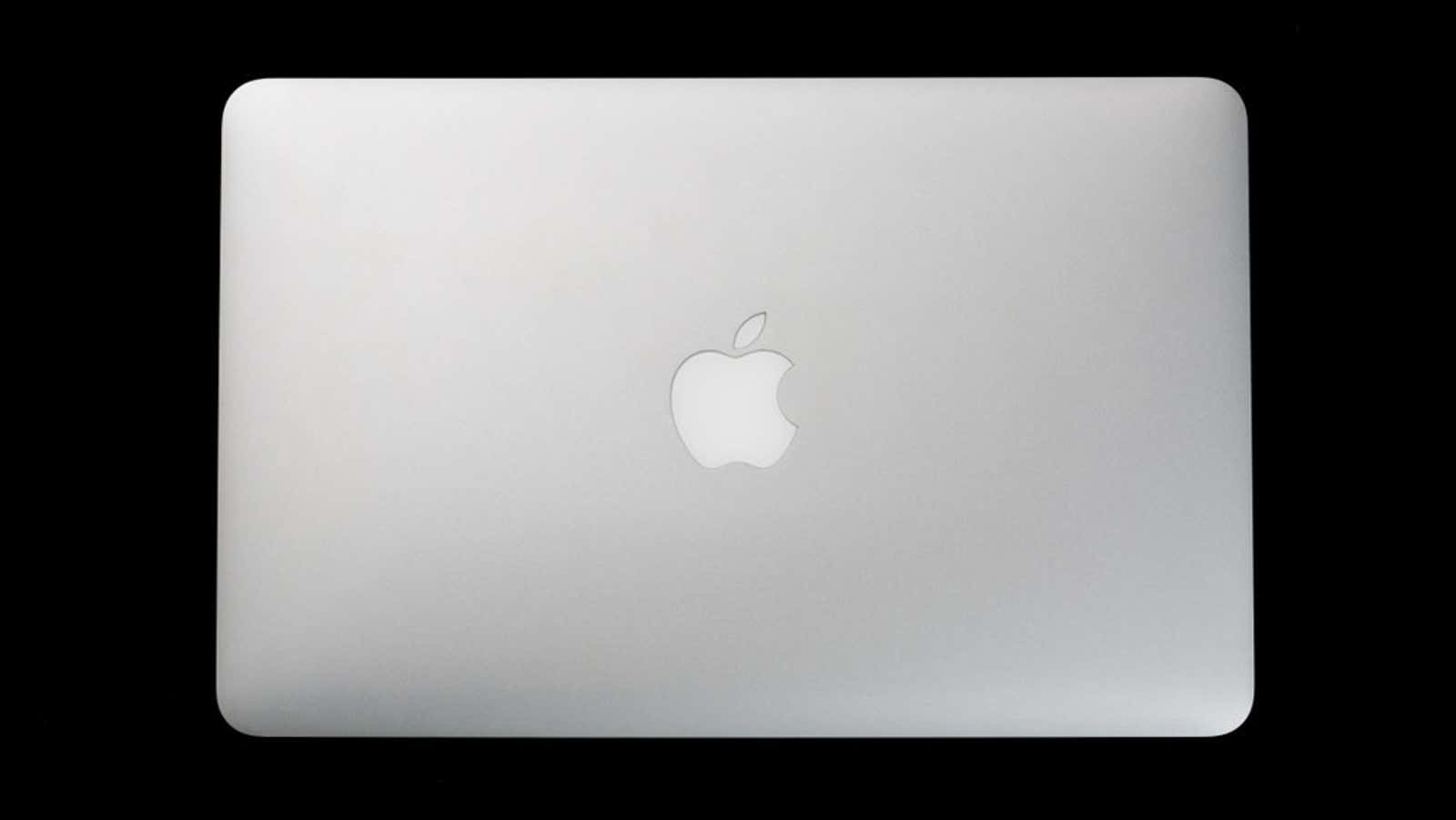Learn Apple’s Secret Serial Number Language (While You Can)

Apple plans to reformat its serial numbers for Mac and MacBook computers this year. Macs currently use the same 12-digit alphanumeric serial codes as other Apple products, but Apple will soon switch them to random 8-12 character strings.
It may seem like a minor change, but new serial codes will make it difficult to find important information about new Macs and MacBooks. All Apple devices manufactured between 2010 and early 2021 have serial codes that indicate where and when the Apple device was created, its specific model number and hardware configuration.
This information is useful for users to know when a product is being recalled due to manufacturing errors or if a class action lawsuit concerns devices only from a specific region ; or if you need to replace a lost or damaged part;. It also helps determine if the refurbished product is suitable .
Apple will most likely have a way to decode these randomized strings on its own side, but they won’t be useful for casual users who want to find out some of this information on their own – at least on newer Macs.
Fortunately, other Apple products will retain the 12-digit serial format, and they will still print on all Macs and MacBooks released between 2010 and early 2021. If your Apple device has a 12-digit serial number, you can use that serial number to learn more about its origins.
How to decrypt Apple serial number
There are tools that scan and decode Apple 12-digit serial numbers for you, but you can read most of this information yourself if you know what each digit means.
First, you need to find the serial number of your device. It is often printed on the outside of the device and is also available in the Settings app under General> About> Serial Number. The number will look something like this: “DMPC8 [#] [#] [#] N70M”.
Once you’ve found it, it’s time to decipher it. Starting from left to right, each part of this number tells you something about your device. For example, the first two digits are the assembly plant ID that tells you where your Apple device was manufactured:
- 1C, 4H, WQ, F7: China
- 7J, YM: China – Hon Hai / Foxconn
- C0: China – Tech Com
- C3: Shenzhen, China – Foxconn
- C7: Shanghai, China – Pentagon
- CK: Cordc, Ireland
- CY, PT: Korea
- DL, DM: China – Foxconn
- DN: Chengdu, China – Foxconn
- E, SG: Singapore
- EE, QV, UV: Taiwan
- F: Fremont, California, USA
- F1, F2, FK: Zhengzhou, China – Foxconn
- FC: Colorado Fountain, USA
- G8, QP, XA, XB: USA
- MB: Malaysia
- RN: Mexico
- VM: Pardubice, Czech Republic – Foxconn
- W8: Shanghai, China
- RM: Refurbished
The third number indicates on which assembly line the device was manufactured. To do anything with this number, you need to know the factory assembly line labels. (It is mainly used for quality assurance.)
The fourth and fifth digits are the date of manufacture. The fourth character represents the year, and the fifth represents the week. It’s not that hard to decipher if you remember what each character means and are willing to do a little math, but cross-referencing the date code with the table on this page is much easier.
The other seven characters represent the product model:
- Numbers 6 through 8 are randomized codes that ensure that every device manufactured in the same factory in the same week of one year has a unique serial number.
- Digits 9 through 11 are the model number and generation of the device. This list contains all the model numbers of Apple products.
- The last digit indicates the configuration of the device, such as color / storage options, etc. These are different for different devices. For example, an “M” at the end of an iPhone serial number indicates its color, and an “1” on an iPad indicates its hardware configuration.